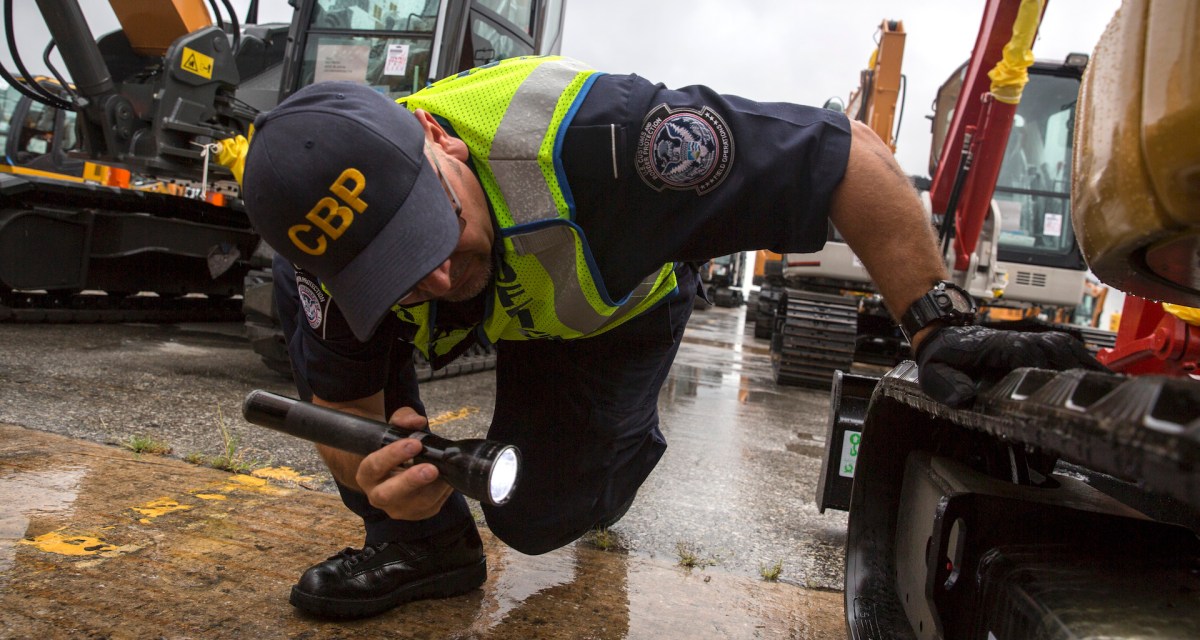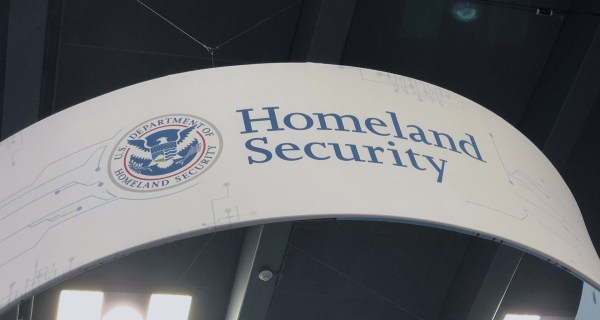DHS invests $3.5 million in biothreat technology program at Texas A&M

A new multimillion-dollar program at Texas A&M University will help develop technology and data analytics for the Department of Homeland Security’s efforts to keep biological threats from coming across U.S. borders.
The university, through its educational outreach agency, AgriLife, was chosen to head a consortium of academic, industry, government and laboratory partners to conduct work that has become of increasing interest in protecting the nation’s critical infrastructure.
The DHS Science and Technology Directorate awarded $3.85 million for the first operating year of a 10-year grant program. Through a “Center of Excellence,” a team that researches and shares best practices, officials will work with the U.S. Customs and Border Protection develop solutions that reduce the risk of exposing U.S. citizens, agriculture and economy to known and unknown biological threats.
“This Center will deliver relevant technology and analytics to support [U.S. Customs and Border Protection] in securing the trillions of dollars of trade and millions of travelers that enter the United States each year,” said U.S. Customs and Border Protection Commissioner Kevin McAleenan. “We look forward to working with Texas A&M and the Center of Excellence as we explore new technologies to better facilitate safe and secure trade and travel.”
The research will be focused on three major areas: technologies detecting biological threats moving through global supply chains, data integration and analytics to support threat detection, and strategies to minimize risks to DHS operations. The Center of Excellence will train, educate and prepare a workforce in ways to respond to current and emerging biological threats.
Each DHS Center of Excellence is led by a U.S. college or university alongside partners to focus on high-priority challenges. Partners may include other academic institutions, national laboratories, state and local governments, nonprofits and other federally funded research and development centers.
“[The Centers of Excellence] are a well-integrated network of researchers and educators focused on specific high-priority DHS challenges,” the department said. “The [centers] work directly with the Department’s operational agencies to solve complex and difficult problems across the homeland security enterprise.”




